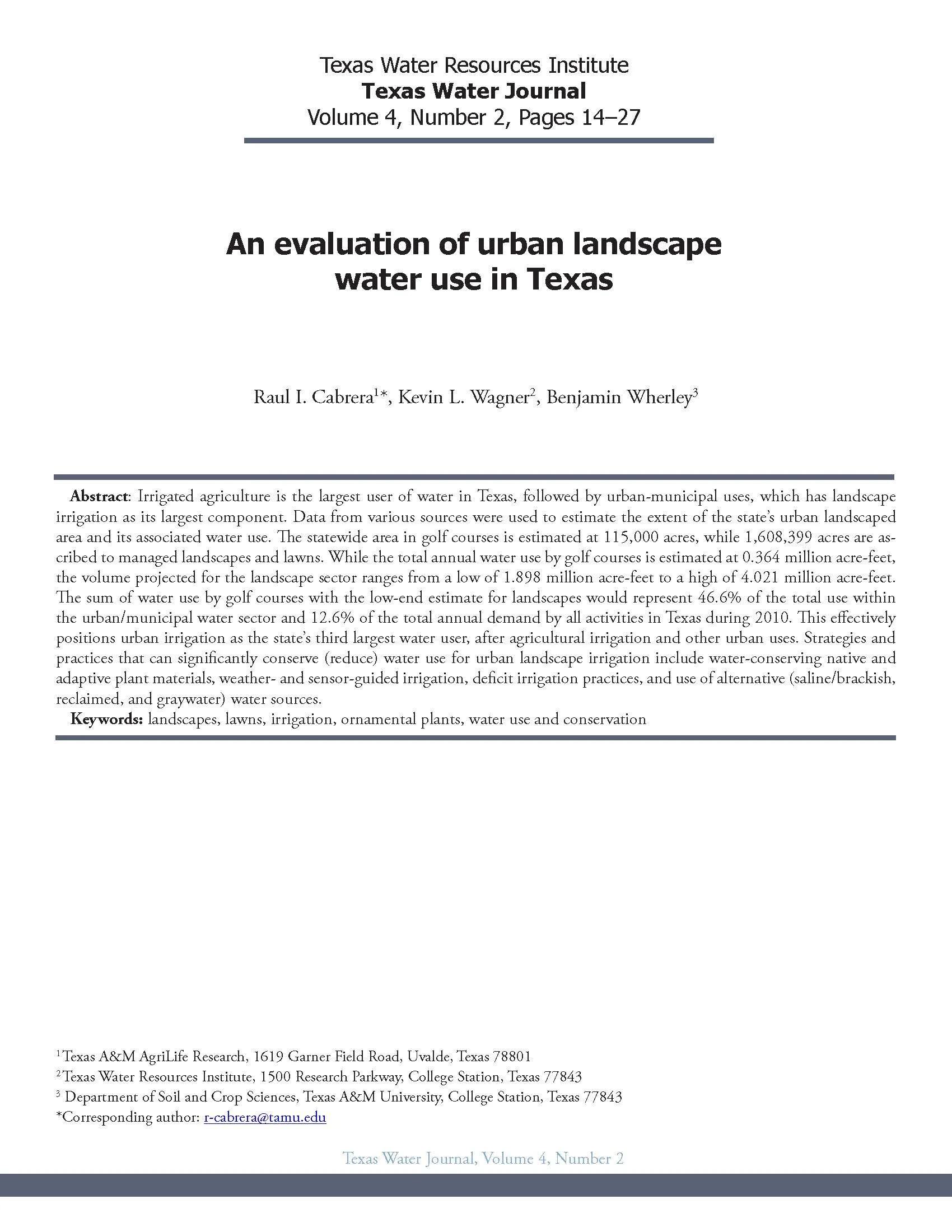In Texas, surface water is owned and regulated by the State of Texas, whereas groundwater is owned by respective property owners under the rule of capture. Owners of surface water rights, issued by the state, and groundwater may use and sell their water as a private property right. The Texas Commission on Environmental Quality administers surface water rights, while groundwater conservation districts (where they exist) are primarily responsible for permitting groundwater use. This paper focuses on the complexity of both systems that are designed to manage water resources differently with specific emphasis on where surface water and groundwater interact. Surface water-groundwater interactions have contributed to disputes over the actual ownership and right to water. The available science and the limitations of the models currently used to make water availability and permitting determinations are discussed, as are the investments in field data gathering and interpretation and model enhancements that can lead to better assessments of surface water-groundwater interactions and impacts. More complete science and enhanced models may also help reduce the timeline associated with the permitting of future water supply and use strategies.
Read MoreAs Texas cities experience an increase in incidents associated with water quality contamination, the need for public education and engagement increases. The discussion in this paper identifies, based on publicly available data, three of the most common incidents in Texas related to drinking water and environmental contamination: boil water notices (BWNs), sanitary sewer overflows (SSOs), and lead in drinking water. Trends observed from 2011 to 2016 indicate a sharp upward increase in the incidents of such events. Increased frequency of incidents that threaten water quality often erodes public trust in the city and utility, thus making it more difficult in the long term to get public support for increased investment in water and wastewater infrastructure. The recommendations in this study focus on how to manage communications when events associated with water quality create a public relations challenge for city and utility leaders.
Read MoreIrrigated agriculture is the largest user of water in Texas, followed by urban-municipal uses, which has landscape irrigation as its largest component. Data from various sources were used to estimate the extent of the state’s urban landscaped area and its associated water use. The statewide area in golf courses is estimated at 115,000 acres, while 1,608,399 acres are ascribed to managed landscapes and lawns. While the total annual water use by golf courses is estimated at 0.364 million acre-feet, the volume projected for the landscape sector ranges from a low of 1.898 million acre-feet to a high of 4.021 million acre-feet. The sum of water use by golf courses with the low-end estimate for landscapes would represent 46.6% of the total use within the urban/municipal water sector and 12.6% of the total annual demand by all activities in Texas during 2010. This effectively positions urban irrigation as the state’s third largest water user, after agricultural irrigation and other urban uses. Strategies and practices that can significantly conserve (reduce) water use for urban landscape irrigation include water-conserving native and adaptive plant materials, weather- and sensor-guided irrigation, deficit irrigation practices, and use of alternative (saline/brackish, reclaimed, and graywater) water sources.
Read More


